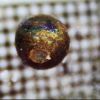Did A Comet Impact Push Humans Into Technological Overdrive?0
- Ancient Archeology, From Around the Web, Space
- April 28, 2017
A new study from the University of Edinburgh has linked comet activity to a period of cooling in Earth’s past.
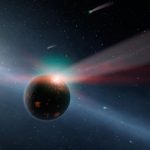
A new study from the University of Edinburgh has linked comet activity to a period of cooling in Earth’s past.
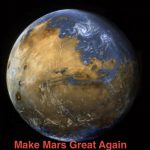
A research team has devised a plan to make a portion of Mars more Earth-like by slamming an asteroid into it.
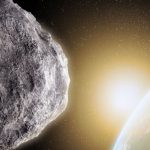
Life begins with a bang.
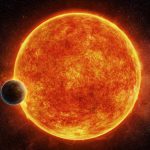
The potentially habitable world is close enough that existing telescopes could look for an atmosphere and sniff for traces of extraterrestrials.
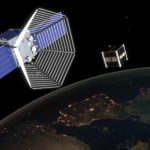
The growing popularity of small satellites as well as the upcoming deployment of low-Earth orbit mega-constellations will likely greatly increase the amount of space junk as well as the frequency of catastrophic collisions, a study led by the United Kingdom’s University of Southampton suggests.
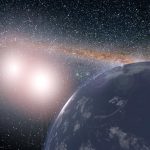
Life on an alien planet with two suns in its sky, like Luke Skywalker’s home world Tatooine in the “Star Wars” films, may indeed be possible, a new study suggests.
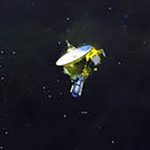
Images taken by NASA’s New Horizons mission on its way to Pluto, and now the Kuiper Belt, have given scientists an unexpected tool for measuring the brightness of all the galaxies in the universe, said a Rochester Institute of Technology researcher in a paper published this week in Nature Communications.
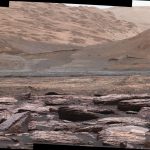
The Red Planet lacks a source of carbon dioxide that could transform its thin, cold atmosphere into something resembling conditions on Earth.
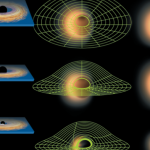
39-year-old drawing hints at what the Event Horizon Telescope may have just captured: the true shape of a black hole
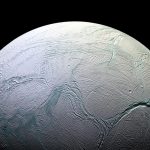
Enceladus is ripe for life. In one final pass through the icy moon’s liquid plumes, NASA’s Cassini spacecraft found molecular hydrogen, which indicates favourable conditions for life in Enceladus’s subsurface sea.



